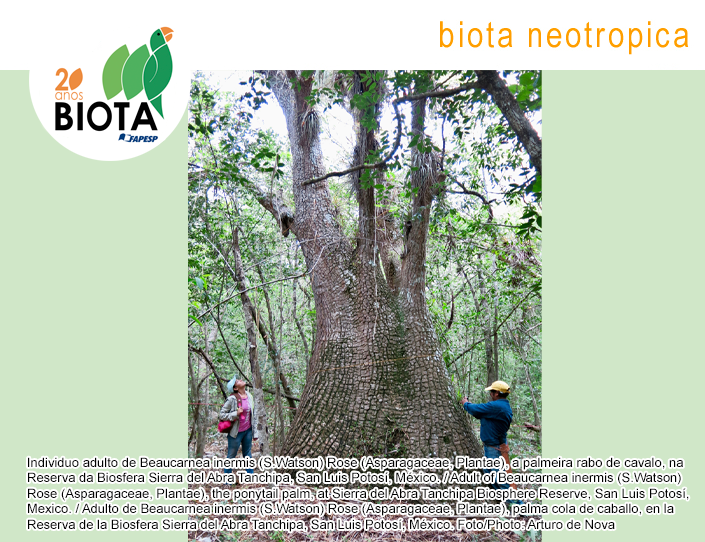Threats to health and conservation of free-living sloths (Bradypus and Choloepus) under anthropic influence in the city of Manaus, Amazonas state, Brazil
Resumen
Abstract Anthropogenic disturbances affecting forest areas can increase disease prevalence and susceptibility in several species of arboreal mammals, such as sloths. Thus, this study aimed to evaluate the most common conditions in body systems of free-ranging sloths admitted at the Wildlife Triage and Rehabilitation Center of Amazonas of the Institute of Environment and Renewable Natural Resources. A total of 227 individuals (139 retrospective cases from 2015 to 2019, and 88 prospective cases from July 2020 to July 2021) were evaluated over a six-year period. Cases from the genus Bradypus showed involvement of the following body systems: 44% respiratory, 29% integumentary, 15% musculoskeletal, 5% digestive, 3% visual, 2% auditory, 1% circulatory and 1% genitourinary, while that distribution in the genus Choloepus was: 39% musculoskeletal, 27% integumentary, 19% respiratory, 9% digestive, 3% circulatory, 1% visual, 1% auditory and 1% genitourinary. The results reveal significant differences between the condition detected and the genus (Bradypus and Choloepus), age and case outcome. These results can provide data for future investigations of sloth diseases, confirming lesions, as well as motivating and suggesting adequate management methods.Descargas
Publicado
01/01/2023
Cómo citar
Santos, L. S. dos, Teixeira, C. R., Nava, A. F. D., Chiesorin Neto, L., Ichikawa, R. S., & Rahal, S. C. (2023). Threats to health and conservation of free-living sloths (Bradypus and Choloepus) under anthropic influence in the city of Manaus, Amazonas state, Brazil. Biota Neotropica, 23(4). Recuperado a partir de https://www.biotaneotropica.org.br/BN/article/view/2022
Número
Sección
Artículos
